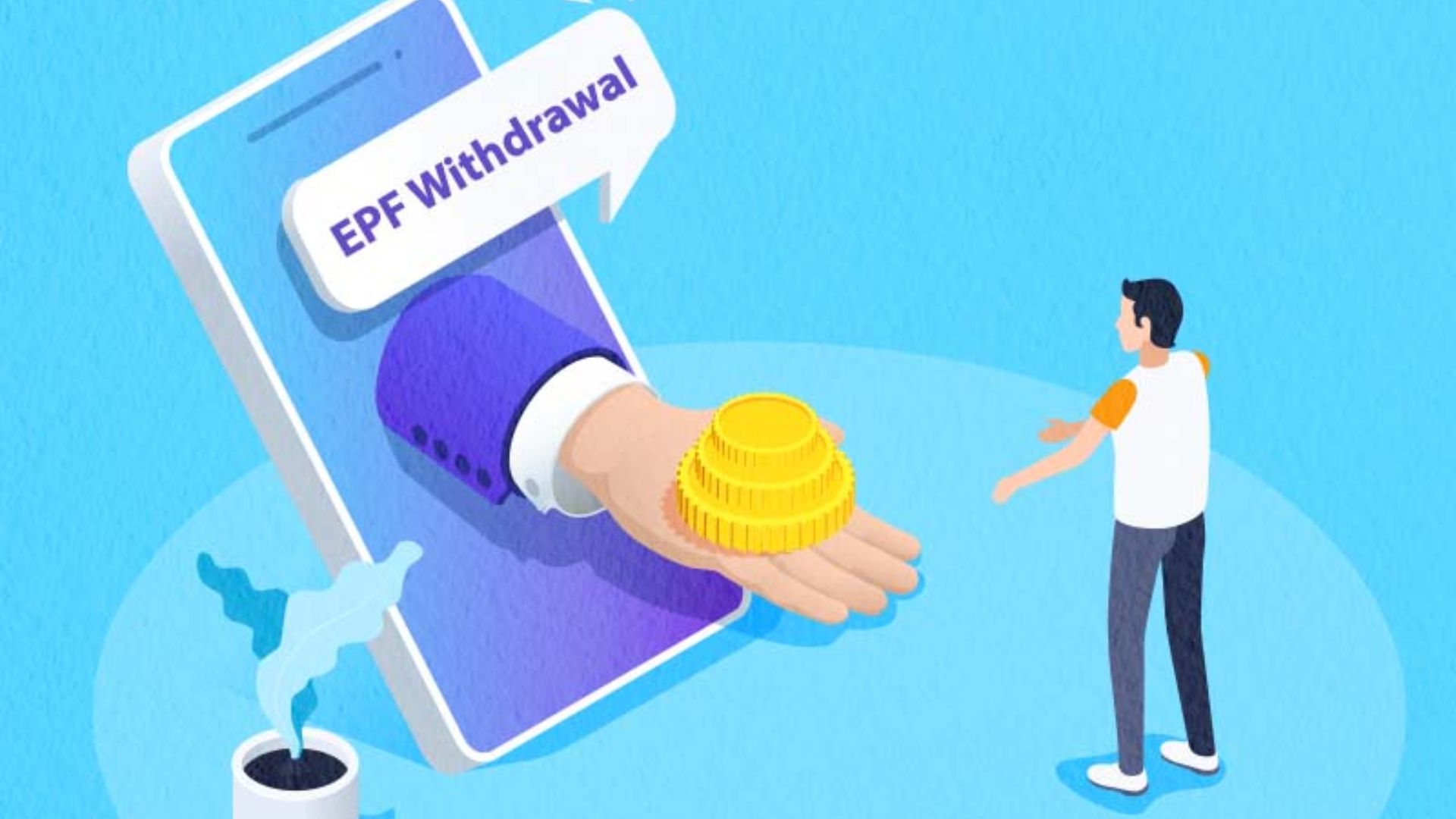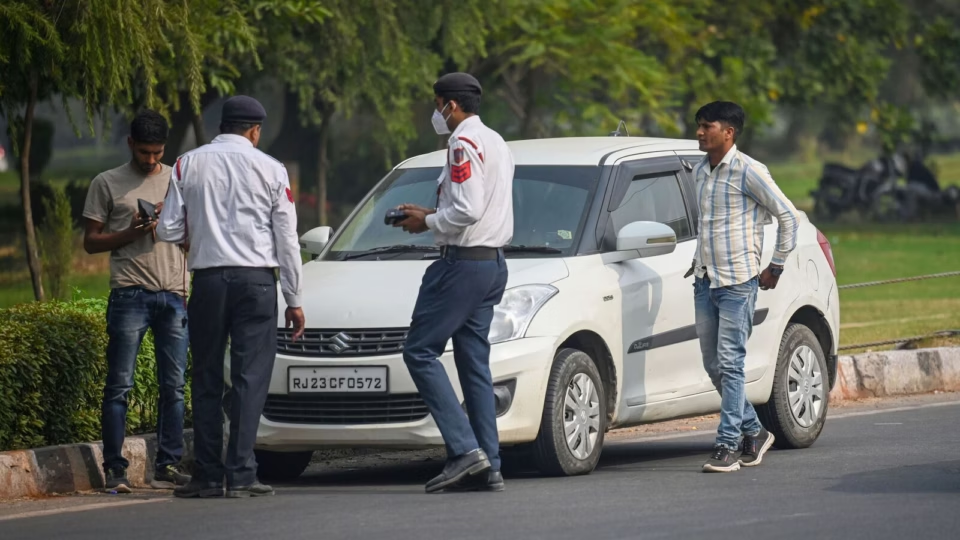
Provident Fund Withdrawals via UPI? EPFO’s New Move Explained
A new method that will allow subscribers to take out their Provident Fund (PF) funds directly through UPI is about to be launched by the Employees’ Provident Fund Organisation (EPFO). The goal of this project is to shorten processing times and streamline the withdrawal procedure. Within the following three months, the government is anticipated to launch this facility.
UPI Integration Will Speed Up Provident Fund Withdrawals
Millions of workers in numerous sectors will soon be able to access their PF money using UPI systems like Google Pay, PhonePe, and Paytm, which is a huge relief.
To guarantee smooth integration, the government is working with the National Payments Corporation of India (NPCI). This effort will speed up transactions and remove time-consuming banking procedures by permitting immediate UPI-based PF withdrawals, particularly in times of emergency.
Easy Money Transfers Without Bank Hold-Ups
EPFO members may withdraw money immediately using digital payment applications after registering, which expedites and simplifies the procedure. By doing away with the necessity for RTGS or NEFT transfers, this improvement would lessen reliance on conventional banking channels.
To ensure a successful rollout of this facility, the Ministry of Labour, the Reserve Bank of India (RBI), and important financial institutions are collaborating closely. Employees will no longer need to wait for bank permissions or finish difficult verification procedures to access their PF money thanks to this improvement.
Upcoming ATM Withdrawal Facility for EPFO Subscribers
In addition to UPI-based transactions, EPFO is working on an updated EPFO 3.0 app, which should be available in May or June 2025. All EPFO-related services will be centralised in this app, which will provide users with direct banking functionality.
The government is also implementing a debit card function as part of this modernisation, which will enable EPFO members to take their Provident Fund withdrawals straight from ATMs.
Employees might expect a quicker, more effective, and easier claim settlement procedure thanks to these new digital innovations.



